1S 2A BMS Board 3.7V 18650 Lithium Battery Protection Board
₹15.00
Features:
- Easy to use
- Color: Green
- The internal resistance difference is not more than 5mQ
- BMS Li-ion Battery Protection Board
- The tolerance is less than 30mAh
- Single-cell consumption of battery (self-consumption): ≤3uA
- In this MOSFET are employed to do the monitoring task which protects our battery cells from overcharge
Description
1S 2A BMS Board
Nowadays Li-ion batteries are most popular to be used in many indoor and outdoor gadgets, these batteries are preferred due to their high charge storage capacity. such batteries are widely used in today’s portable devices. 1S 2A BMS Board are compact, more efficient, and have a high energy intensity compared to other types of batteries.
One drawback of such a battery is that we need to continually monitor their charging and discharging process if we do not do this, it badly affects battery life and also reduces the charge storing capacity. If we discharge such battery below a certain voltage range, then the battery cell has a high risk of damage and if we overcharge such battery then it may explode.
To overcome such issues, we can use battery protection and battery charging circuits such as this product. In this MOSFET are employed to do the monitoring task which protects our battery cells from overcharge, over-discharge, and from short circuits.
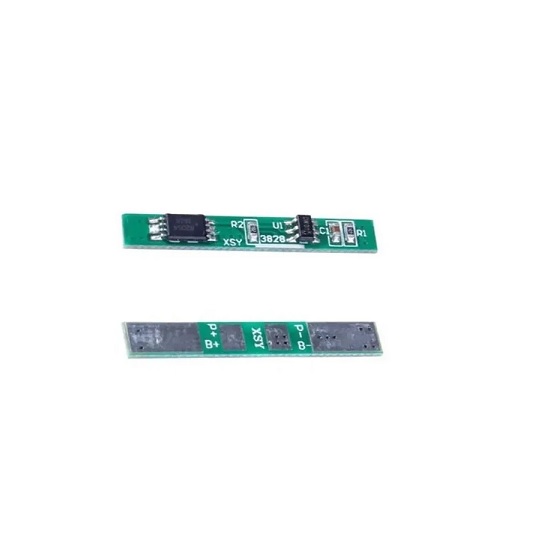
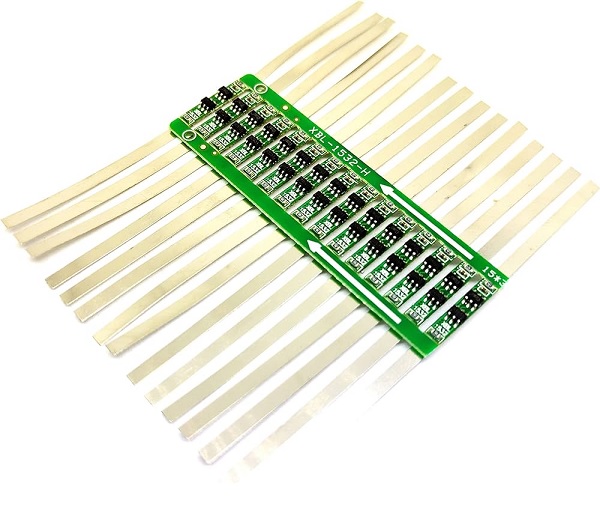
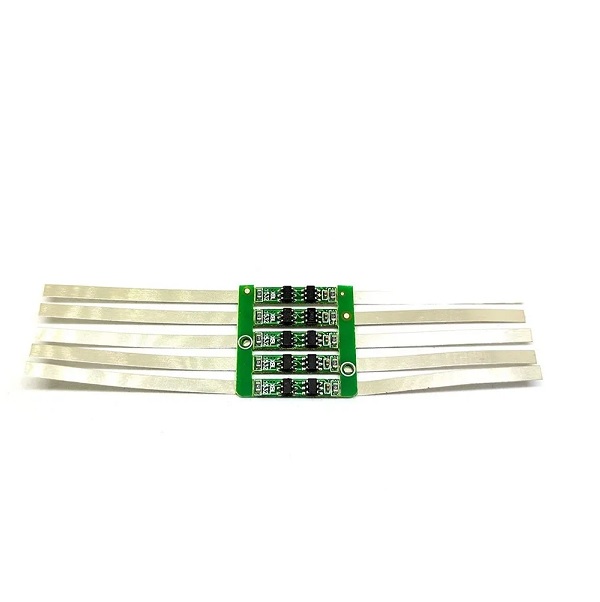
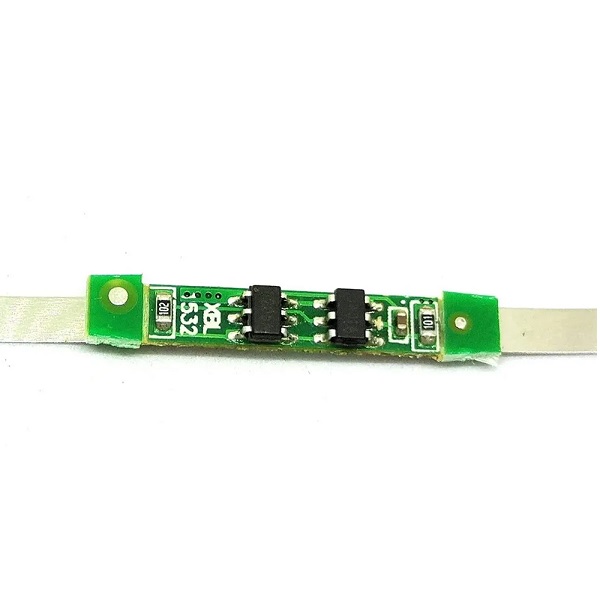
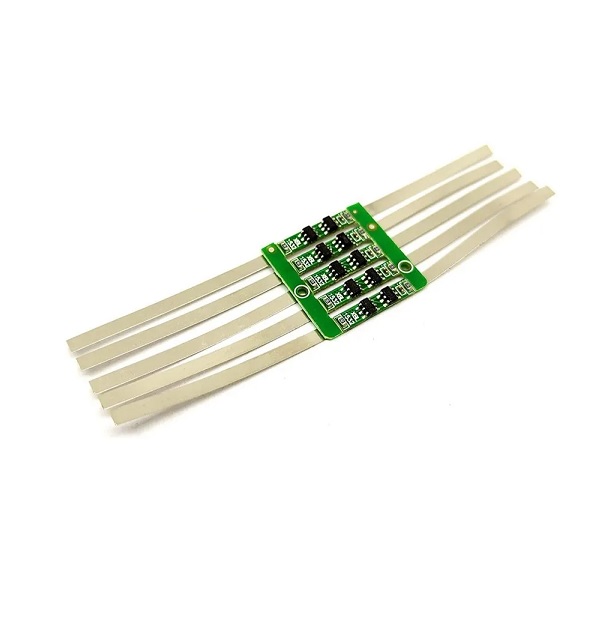
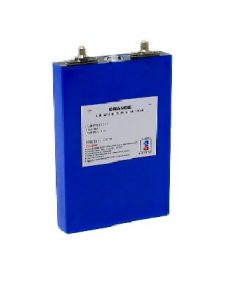
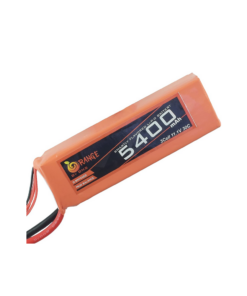
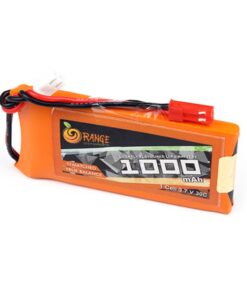
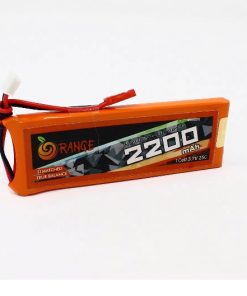
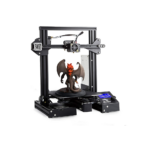
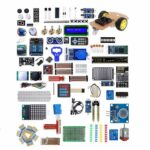
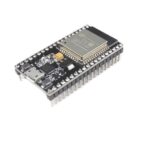
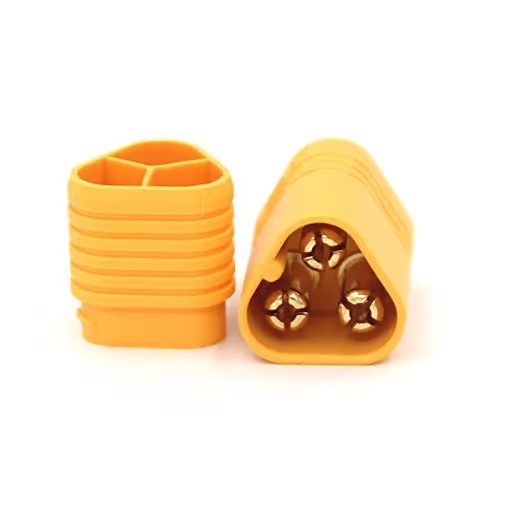

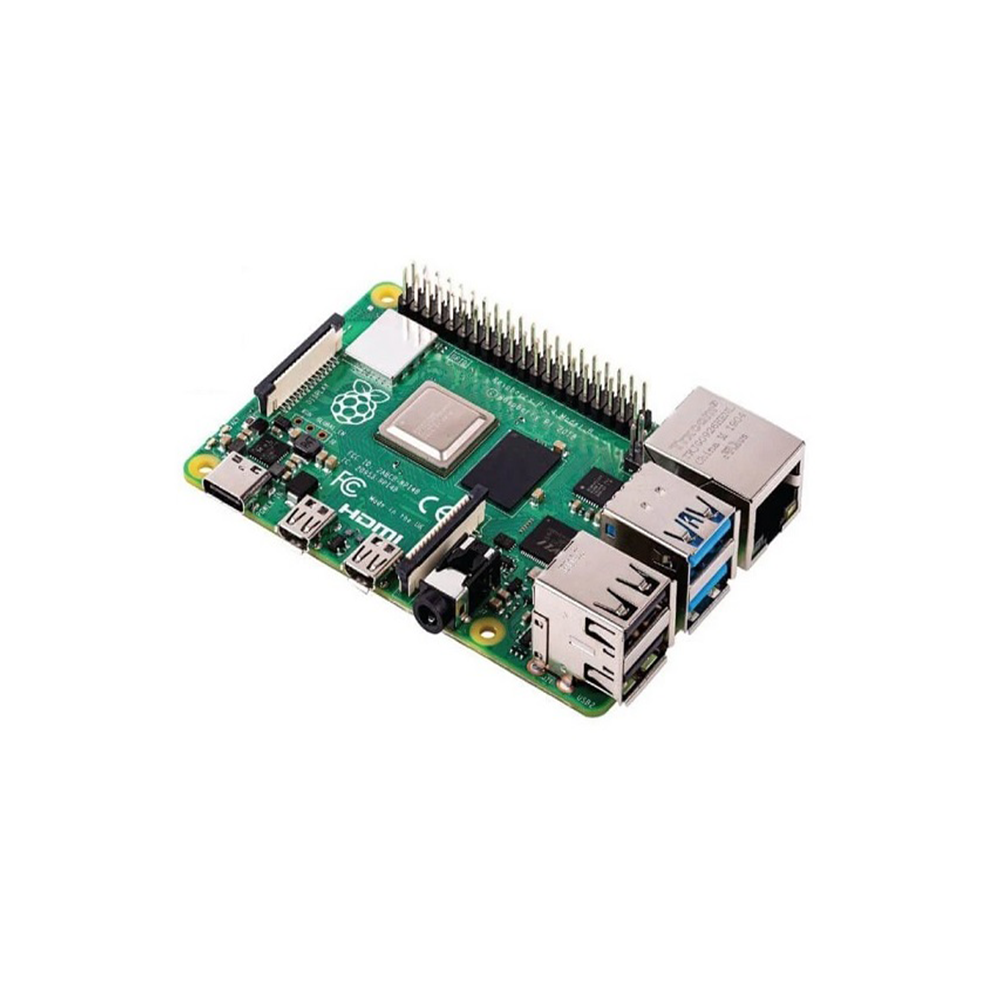
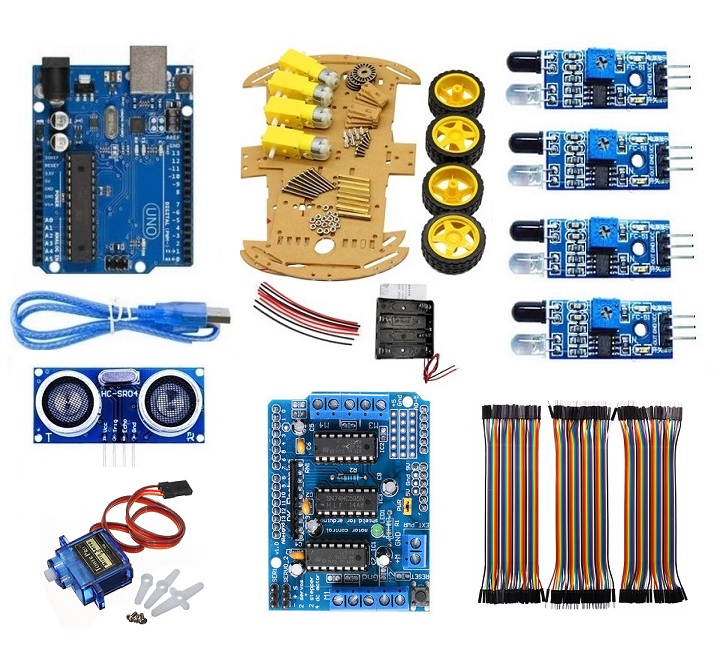
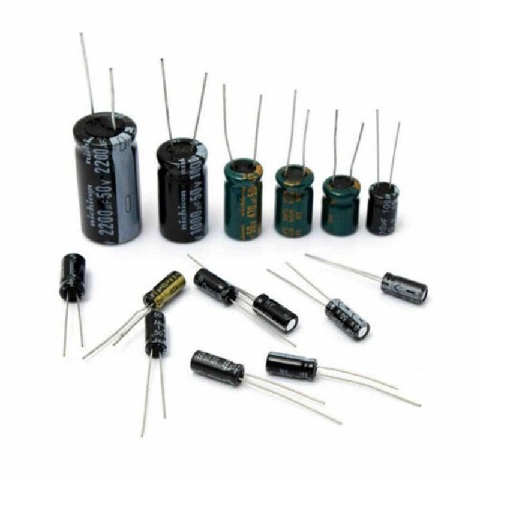
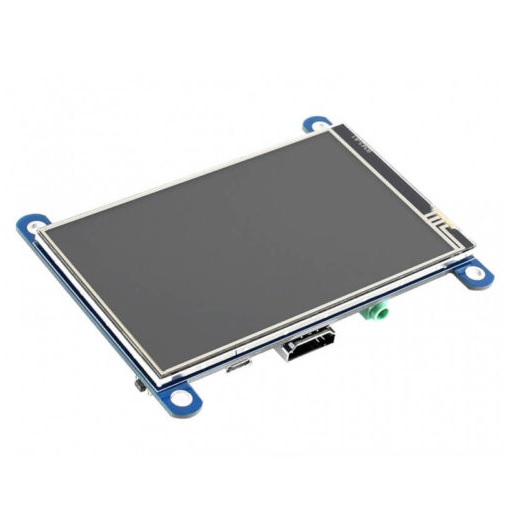
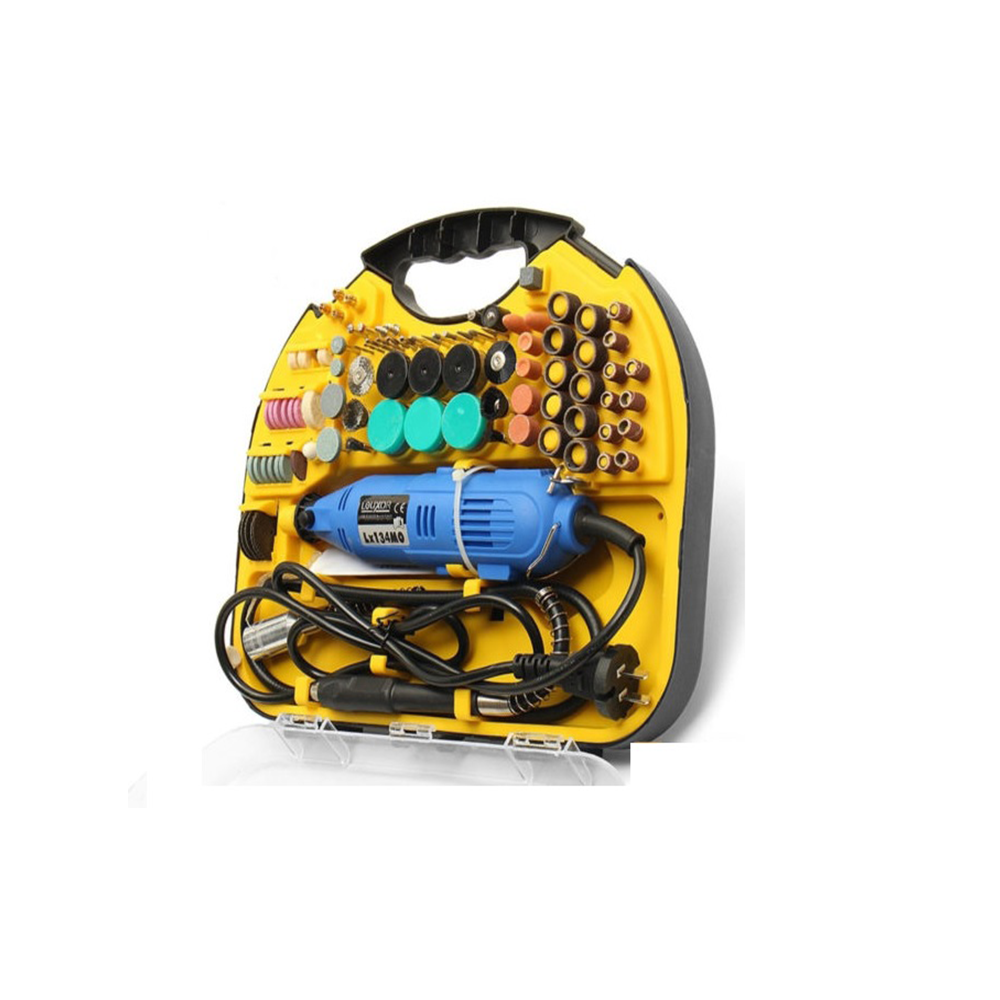
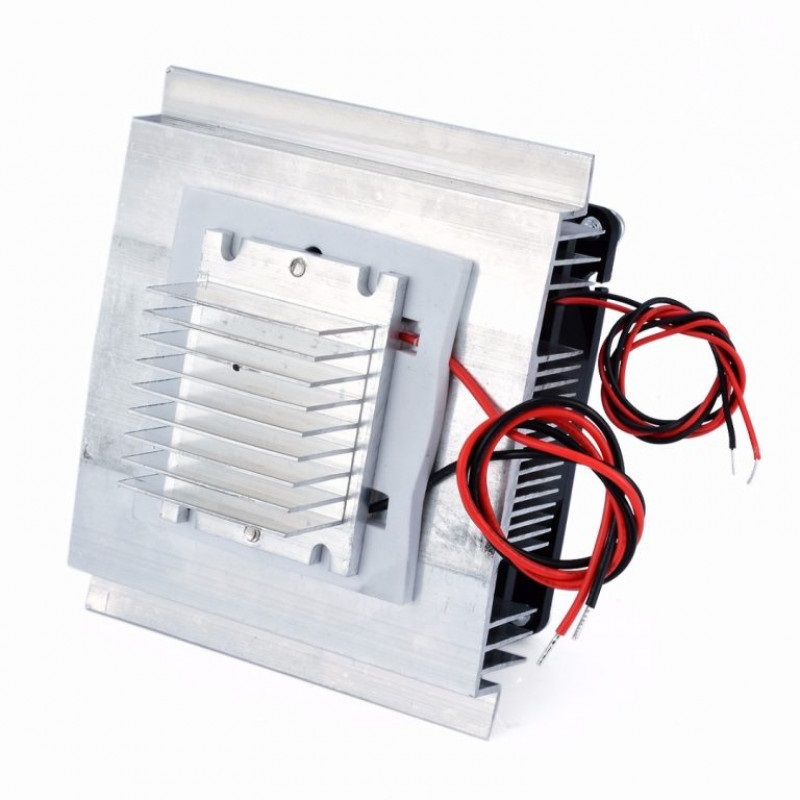
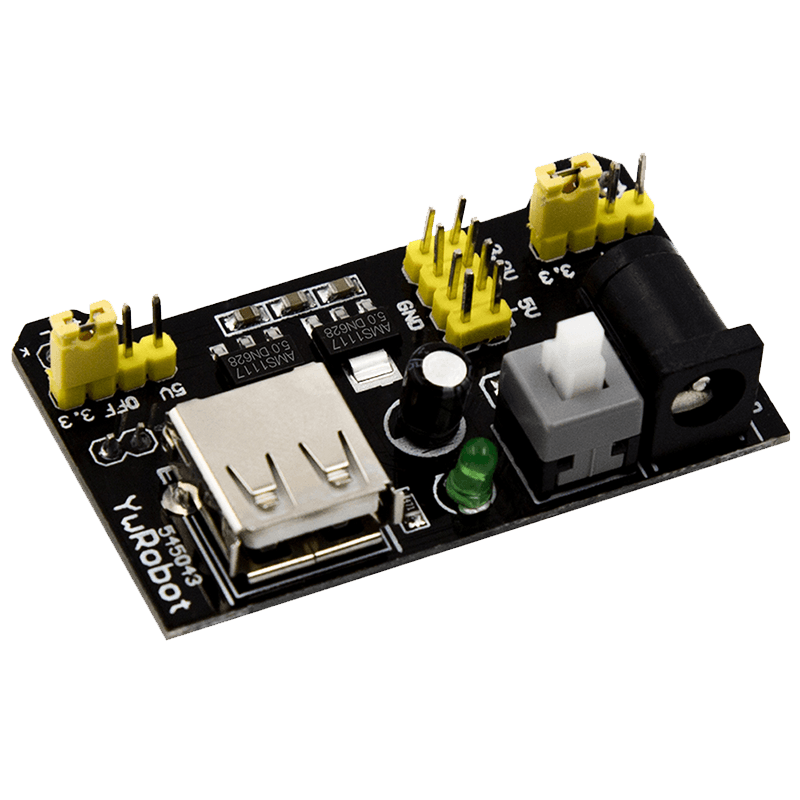

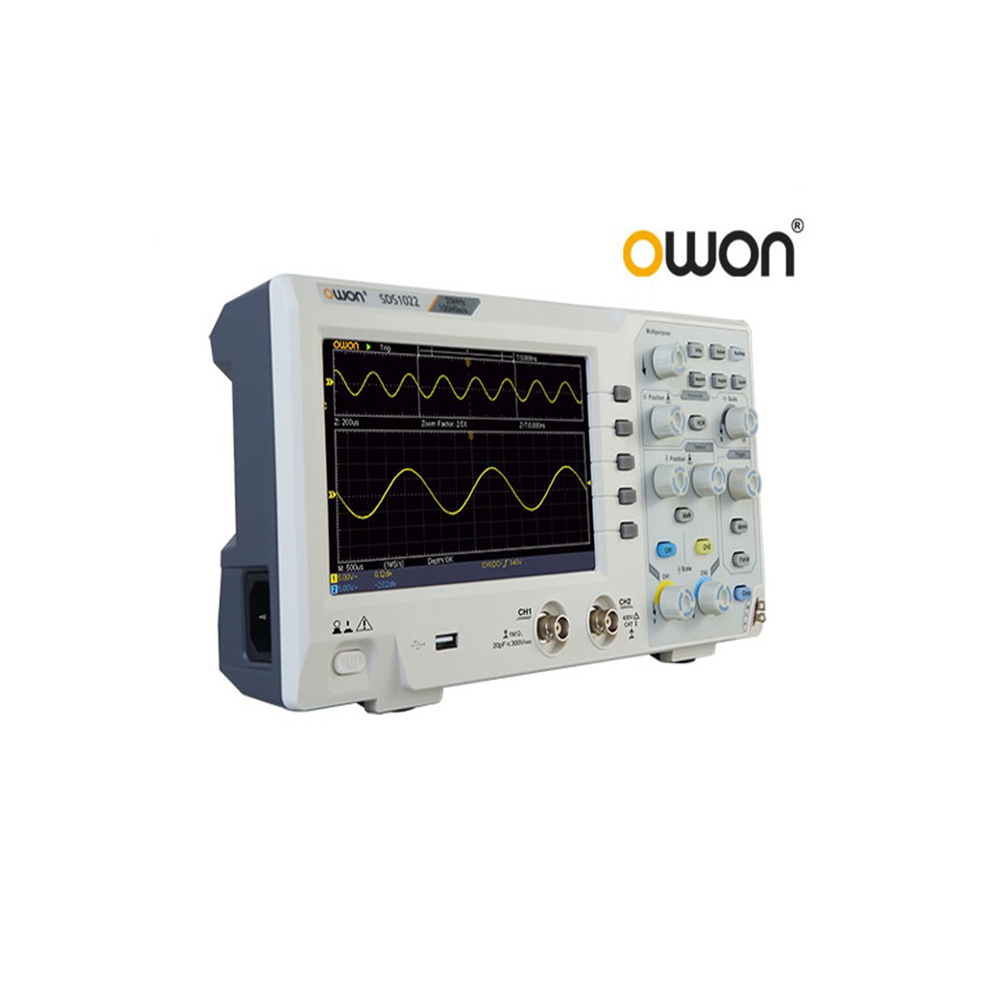
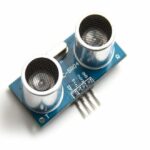
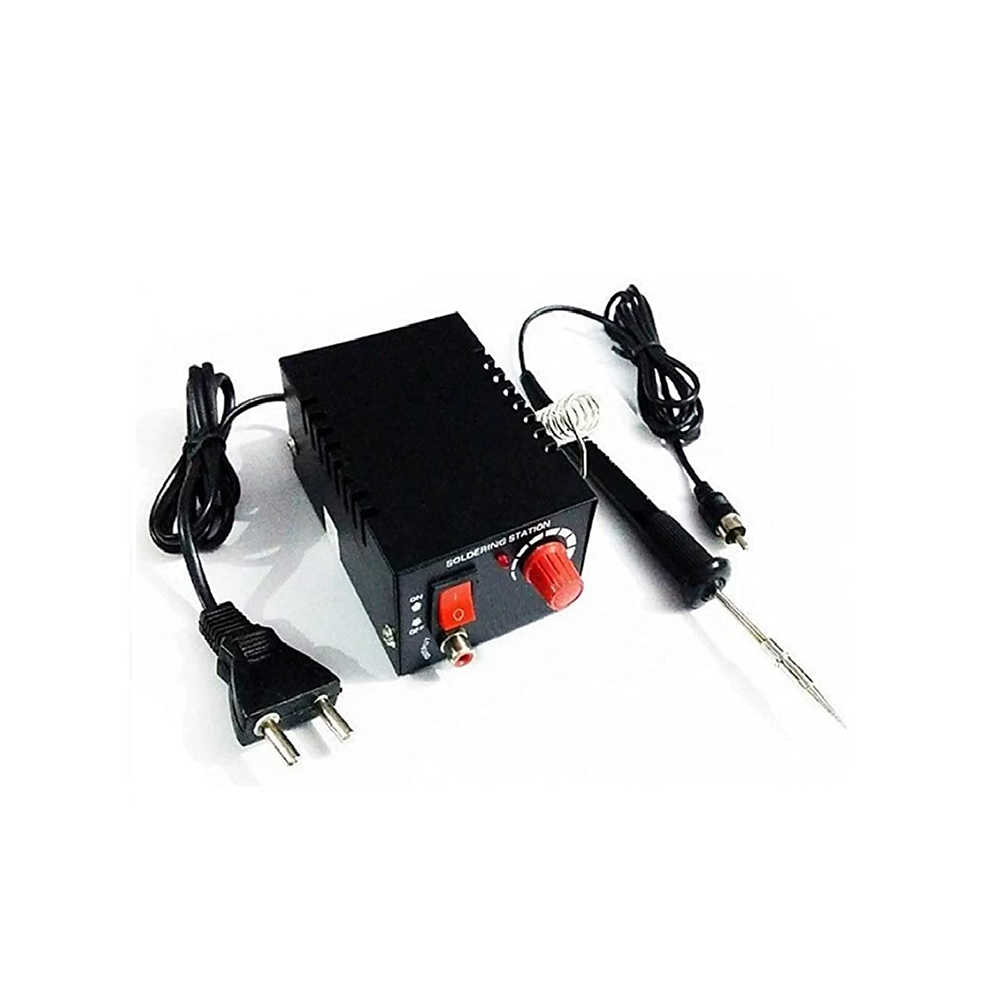
Reviews
There are no reviews yet.